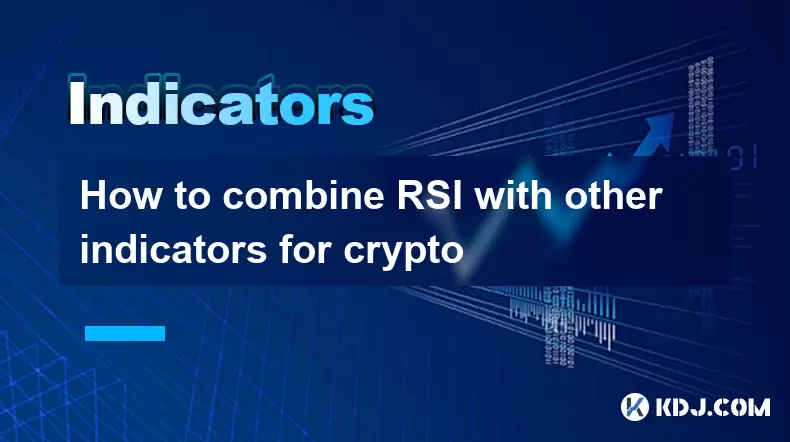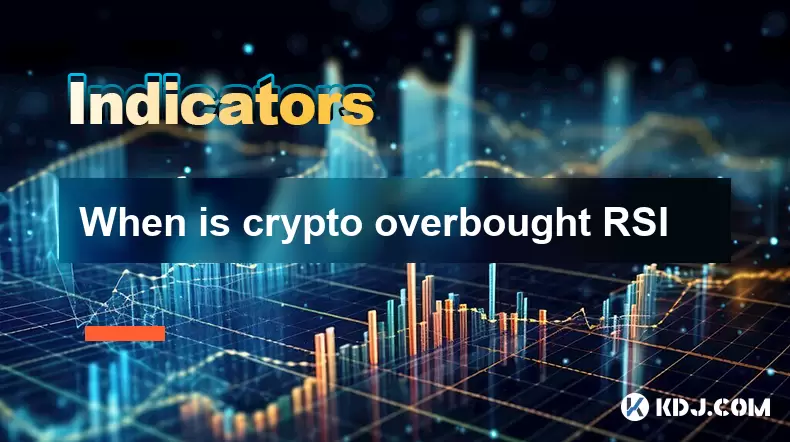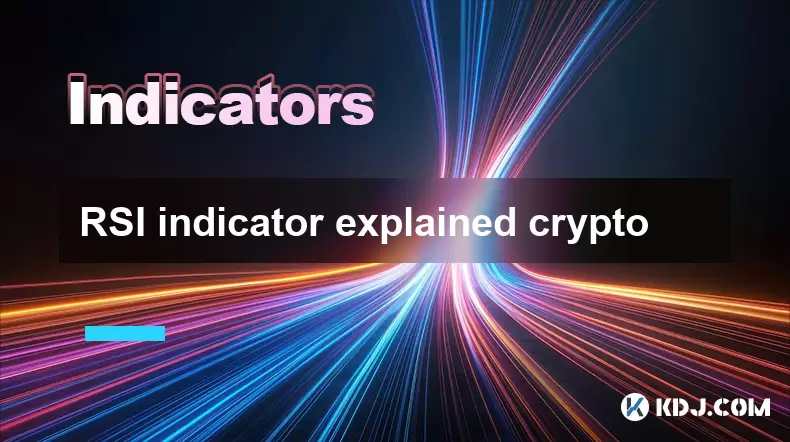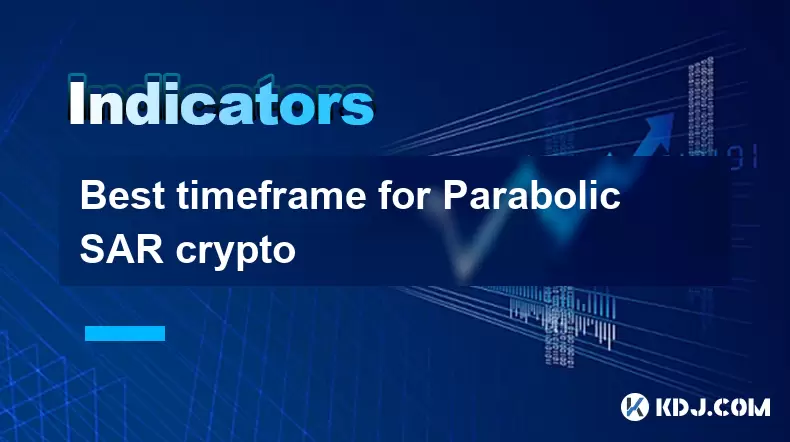-
 Bitcoin
Bitcoin $117,576.6195
-0.21% -
 Ethereum
Ethereum $2,938.5668
-1.35% -
 XRP
XRP $2.7699
4.60% -
 Tether USDt
Tether USDt $1.0003
0.01% -
 BNB
BNB $688.1624
-0.01% -
 Solana
Solana $160.5113
-1.95% -
 USDC
USDC $0.9999
0.01% -
 Dogecoin
Dogecoin $0.1976
-0.70% -
 TRON
TRON $0.3008
1.54% -
 Cardano
Cardano $0.7159
-2.16% -
 Hyperliquid
Hyperliquid $46.2240
2.04% -
 Stellar
Stellar $0.3966
22.03% -
 Sui
Sui $3.3928
-3.11% -
 Chainlink
Chainlink $15.1204
-2.43% -
 Bitcoin Cash
Bitcoin Cash $515.1741
-1.19% -
 Avalanche
Avalanche $20.8130
-0.90% -
 Hedera
Hedera $0.2001
-2.12% -
 UNUS SED LEO
UNUS SED LEO $9.0522
0.72% -
 Shiba Inu
Shiba Inu $0.0...01316
-2.01% -
 Toncoin
Toncoin $2.9843
0.61% -
 Litecoin
Litecoin $92.6745
-2.71% -
 Polkadot
Polkadot $3.9483
-0.06% -
 Monero
Monero $328.5347
1.10% -
 Dai
Dai $0.9998
0.01% -
 Ethena USDe
Ethena USDe $1.0006
-0.01% -
 Uniswap
Uniswap $8.3739
-6.50% -
 Bitget Token
Bitget Token $4.4241
-1.99% -
 Pepe
Pepe $0.0...01222
-3.96% -
 Aave
Aave $300.5203
-3.61% -
 Bittensor
Bittensor $382.2607
-1.92%
Crypto RSI for scalping
RSI helps crypto scalpers spot overbought/oversold levels, with adjustable settings for faster trades and enhanced accuracy when combined with other indicators.
Jul 12, 2025 at 11:00 pm

Understanding RSI in the Context of Crypto Trading
The Relative Strength Index (RSI) is a momentum oscillator widely used by traders to measure the speed and change of price movements. In the cryptocurrency market, where volatility is a common feature, RSI provides critical insights into overbought or oversold conditions. Scalpers rely on short-term price fluctuations, and integrating RSI into their strategy helps identify potential entry and exit points with precision.
The standard RSI period is set at 14, but for scalping, this value can be adjusted to suit faster timeframes like 1-minute or 5-minute charts. The index ranges from 0 to 100, with values above 70 typically indicating overbought territory and those below 30 signaling oversold conditions.
Why RSI is Effective for Scalping in Crypto Markets
Scalping requires rapid decision-making based on real-time data, and RSI offers fast-reacting signals that align well with this trading style. Because cryptocurrencies often experience sudden spikes and dips due to news events or macroeconomic factors, scalpers use RSI to spot quick reversals or continuations within tight time windows.
- RSI divergence — when the price makes new highs/lows but RSI does not — can signal an imminent reversal.
- Midline crossovers (RSI crossing above or below 50) are also watched closely for trend confirmation.
- Shorter RSI periods like 7 or even 2 can enhance sensitivity for ultra-fast trades.
Setting Up RSI for Scalping on Crypto Charts
Configuring RSI correctly is essential for effective scalping. Most trading platforms allow customization of RSI settings, including time frame, lookback period, and overbought/oversold thresholds.
- Timeframe selection: For scalping, choose 1-minute or 5-minute intervals.
- Adjusting the period: Reduce the default 14 to 7 or lower for faster signal generation.
- Threshold customization: Some traders adjust overbought to 80 and oversold to 20 for more conservative signals.
It's also useful to overlay RSI on candlestick charts and enable alerts so you can react instantly to key levels being reached.
Executing Scalping Trades Using RSI Signals
When scalping with RSI, it's crucial to have a clear set of rules for entering and exiting positions. Here’s how a typical RSI-based scalping trade might unfold:
- Entry condition: Price is trending upward, and RSI drops below 30 (oversold), suggesting a potential bounce.
- Confirmation check: Look for a bullish candlestick pattern or volume spike alongside RSI rising above 30.
- Stop-loss placement: Set just below the recent swing low to limit downside risk.
- Take-profit execution: Close position once RSI reaches overbought levels (e.g., 70) or after a predefined pip/target gain.
This process must be repeated rapidly across multiple assets or pairs to maximize profit while minimizing exposure.
Combining RSI with Other Indicators for Better Accuracy
Relying solely on RSI can lead to false signals, especially in highly volatile crypto markets. To increase reliability, scalpers often combine RSI with other technical tools:
- Moving Averages: Use the 9-period EMA as a dynamic support/resistance level.
- Volume indicators: Confirm RSI divergences with volume surges for stronger signals.
- Bollinger Bands: Watch for price touching bands along with RSI hitting extreme levels for high-probability setups.
By layering these tools, scalpers reduce noise and improve the win rate of their trades.
Frequently Asked Questions (FAQ)
Q: Can I use RSI alone for scalping crypto?
While RSI is powerful, using it alone increases the risk of false signals. It's best combined with volume analysis or moving averages for better accuracy.
Q: What timeframes work best with RSI for scalping?
The most popular timeframes for scalping are the 1-minute and 5-minute charts. These allow for quick entries and exits based on RSI readings.
Q: How do I adjust RSI settings for different crypto assets?
More volatile assets may benefit from shorter RSI periods (like 5 or 7). Less volatile ones may perform better with the standard 14-period setting.
Q: Is RSI suitable for all types of cryptocurrency?
RSI works best on major cryptocurrencies with sufficient liquidity and trading volume. Low-cap altcoins may produce erratic RSI readings due to thin order books and manipulation risks.
Disclaimer:info@kdj.com
The information provided is not trading advice. kdj.com does not assume any responsibility for any investments made based on the information provided in this article. Cryptocurrencies are highly volatile and it is highly recommended that you invest with caution after thorough research!
If you believe that the content used on this website infringes your copyright, please contact us immediately (info@kdj.com) and we will delete it promptly.
- Ripple's RLUSD Finds a Home: Swiss Bank AMINA Integrates the Stablecoin
- 2025-07-13 06:30:11
- Worldcoin Price Prediction: Navigating the Invalidation Zone
- 2025-07-13 06:30:11
- Ethereum Price Prediction: Will ETH Reach 100% Gains?
- 2025-07-13 04:50:12
- Ruvi AI: The Smart Choice Over Avalanche? Plus, It's Audited!
- 2025-07-13 04:50:12
- Onyxcoin (XCN): Ready to Outperform in This Crypto Cycle?
- 2025-07-13 04:30:12
- GameFi, Regulated, Asia: A New Era of Web3 Gaming?
- 2025-07-13 04:30:12
Related knowledge

Crypto RSI for day trading
Jul 12,2025 at 11:14am
Understanding RSI in the Context of Cryptocurrency TradingThe Relative Strength Index (RSI) is a momentum oscillator used to measure the speed and cha...

Crypto RSI for scalping
Jul 12,2025 at 11:00pm
Understanding RSI in the Context of Crypto TradingThe Relative Strength Index (RSI) is a momentum oscillator widely used by traders to measure the spe...

How to combine RSI with other indicators for crypto
Jul 12,2025 at 08:35am
Understanding the Role of RSI in Crypto TradingThe Relative Strength Index (RSI) is a momentum oscillator that measures the speed and change of price ...

When is crypto overbought RSI
Jul 12,2025 at 11:22am
Understanding RSI in Cryptocurrency TradingThe Relative Strength Index (RSI) is a momentum oscillator used to measure the speed and change of price mo...

RSI indicator explained crypto
Jul 11,2025 at 03:28pm
Understanding the RSI Indicator in Cryptocurrency TradingThe Relative Strength Index (RSI) is a momentum oscillator commonly used by cryptocurrency tr...

Best timeframe for Parabolic SAR crypto
Jul 12,2025 at 02:57pm
Understanding Parabolic SAR in the Crypto MarketThe Parabolic SAR (Stop and Reverse) is a technical analysis indicator used by traders to determine po...

Crypto RSI for day trading
Jul 12,2025 at 11:14am
Understanding RSI in the Context of Cryptocurrency TradingThe Relative Strength Index (RSI) is a momentum oscillator used to measure the speed and cha...

Crypto RSI for scalping
Jul 12,2025 at 11:00pm
Understanding RSI in the Context of Crypto TradingThe Relative Strength Index (RSI) is a momentum oscillator widely used by traders to measure the spe...

How to combine RSI with other indicators for crypto
Jul 12,2025 at 08:35am
Understanding the Role of RSI in Crypto TradingThe Relative Strength Index (RSI) is a momentum oscillator that measures the speed and change of price ...

When is crypto overbought RSI
Jul 12,2025 at 11:22am
Understanding RSI in Cryptocurrency TradingThe Relative Strength Index (RSI) is a momentum oscillator used to measure the speed and change of price mo...

RSI indicator explained crypto
Jul 11,2025 at 03:28pm
Understanding the RSI Indicator in Cryptocurrency TradingThe Relative Strength Index (RSI) is a momentum oscillator commonly used by cryptocurrency tr...

Best timeframe for Parabolic SAR crypto
Jul 12,2025 at 02:57pm
Understanding Parabolic SAR in the Crypto MarketThe Parabolic SAR (Stop and Reverse) is a technical analysis indicator used by traders to determine po...
See all articles

























































































